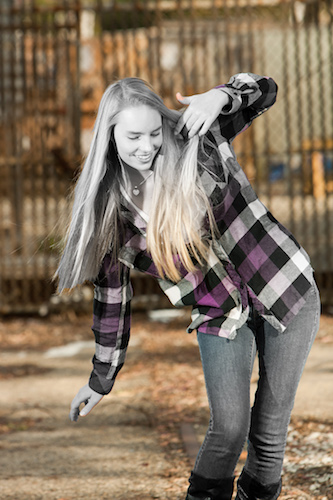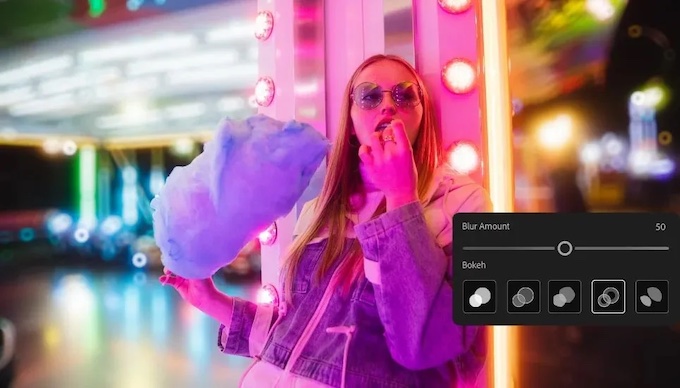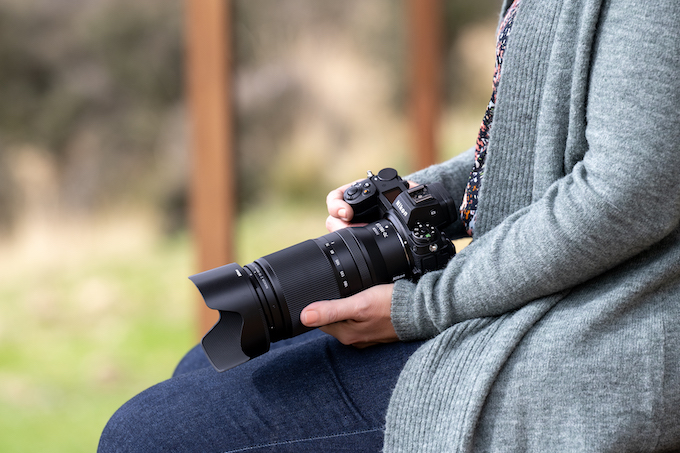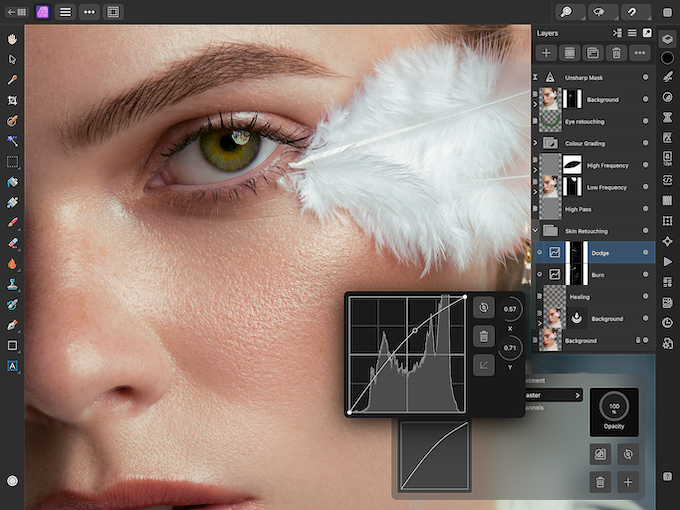Software
Adobe Photoshop Elements 2018 Review
January 10, 2018
With the introduction of Photoshop Elements 2018, you receive not only a slew of updates, improvements, and new Guided Edits, you are also among the first to experience the power of artificial intelligence (AI), “content intelligence” in Adobe-speak, applied to image and video editing. Powerful new AI-based tools seemingly perform miracles during several previously tedious image and video editing tasks.
The Photoshop Elements 2018 bundle, comprised of Photoshop Elements and Premiere Elements, is available for $150 on both Mac and Windows 64-bit platforms. The programs are also sold individually for $100, with 30-day trials also available. Upgrade pricing of the bundle is $120, and individually is $80. I worked with the Elements bundle on both Mac and Windows platforms, concentrating on Photoshop Elements but with a few peeks into Premiere.
What’s New
AI plays a major role in the newest features in both Photoshop and Premiere Elements. When images are imported into the Elements Organizer, the program automatically applies Smart Tags. These Smart Tags are accessed with the Organizer Search function and act much like keywords, sorting your images by events, seasons, sunsets, flowers, and more.

The Elements Organizer. Photo © Adobe
The Elements Organizer now has an Auto Curate option in the menu bar. When you select the Auto Curate checkbox with still images displayed, Photoshop Elements trims the visible collection to the “best” captures. You can choose how many of the best to see. The Auto Curate option is also available in the new slideshow tool and adds a title slide, transitions, effects, and music to the images it selects. AI also comes into play with the new Open Closed Eyes and Auto Selection features. Add to these new Watercolor, Replace Background, Shape Overlay, and Double Exposure Guided Edits and you have some powerful new tools at your disposal.
AI also plays a role in Premiere Elements. The new Smart Trim feature automatically trims videos based on people or action or a combination of both. There are also four new Guided Edits in Premiere Elements and the ability to extract a still image from a raw video capture. The new Guided Edits walk you through correcting distortion problems with action cameras and drones, trimming and adding titles to animated social posts, running video clips forward and backward, and how to create freeze frame titles for your videos.
New in Photoshop Elements 2018 and especially interesting for portrait photographers is the new Adjust Facial Features in the Expert>Enhance dropdown menu. There are sliders available to adjust the lips, eyes, nose, and face. The program automatically selects the face before it opens the image in a new window. If there are multiple faces, Photoshop Elements selects each face and a green highlighted circle shows the face you are currently adjusting.
User Friendliness
Adobe Elements, with its emphasis on advanced amateur and general consumer photographers and videographers, remains one of the most user friendly imaging programs available. This is accomplished while incorporating advanced features gleaned from Adobe Photoshop CC in Photoshop Elements Expert mode.

The watercolor Guided Edit currently offers only three watercolor effect presets, but the other options add to the creative possibilities. Photo © Stan Sholik
What provides the greatest user friendliness in both Photoshop and Premiere Elements are the Guided Edits. These walk you through complicated processes step by step. In Photoshop Elements Editor there are now 45 Guided Edits, from correcting skin tone to correcting exposure and color when composing an element from one image into another. While not new to Elements 2018, the eLive (Elements Live) mode, available in the Organizer as well as the programs, provides help, inspiration, videos, and guides to new features.
I don’t know anyone other than serious stock photographers who spend the time to accurately keyword their images, so Smart Tags comes in handy when you are looking for all of your flower photos, or the photos you took at Christmas. If your phone or camera embeds GPS data in the EXIF information, the Places mode in the Organizer displays a map of the world and stacks the photos you have taken in windows on the map.
What We Liked
The new AI-based functions are amazing to see in action. You can import your entire photo library and ask the Organizer to display your 10 best images (10 is the minimum) or your 50 best, or 100 best, etc. The Auto Curate app looks for good lighting, composition, focus, expression and probably more. You can even use it during a search to find your 10 best flower photos.

In Elements 2018, closed eyes will no longer ruin an otherwise fine image. Photo © Adobe
Open Closed Eyes is found in the Enhance drop-down menu of the Editor>Expert mode along with other face-enhancing tools. You no longer need to delete otherwise good captures when one of the subjects has their eyes closed. You can even have fun with this by swapping a subject’s eyes for those of someone else, or a cat, or whatever.

A rough rectangular selection with the Autoselect tool did a very good job selecting the model before applying a couple of effects. Photo © Stan Sholik
The AI-based Auto Selection tool, which you access by tapping the “A” key in the Quick or Expert Edit modes of the Organizer, is the next level of the quick select tool. With Auto Selection active you simply draw a box around the subject you want to select and Photoshop Elements creates the selection. In my testing, I made the box too small to include all of the subject and somewhat larger than the subject and Elements made the same accurate selection. In the same dialog area below the main image is access to Refine Edge if you need to clean up the selection.
The four new Guided Edits are fun to use and provide presets where appropriate to guide you further. I particularly like the Watercolor Guided Edit although I wish there were additional effects from which to choose. I also found the new Adjust Facial Features well implemented. It allow for subtle changes to the face although you could use it to radically change a person’s look.
What We Didn’t Like
With AI-based tools in their infancy, you can expect some shortcomings. For example, the Flowers Smart Tag collection included a number of birds along with a set of photos of my wife taken in Hawaii. On close inspection, she was wearing a lei, so I guess that counts! While applying Auto Curate to select 40 of the best images from a folder of 103, Photoshop Elements included a number of different captures of the same scenes. An on-screen message asked if I was satisfied with the choices. I said “no” and tried again, but the same set came up.
The new Open Closed Eyes tool is a lot of fun as a party trick, but if you attempt to use it seriously, you need to select an image with a face looking in roughly the same direction with similar lighting as there are no adjustment tools available. For multiple group shots taken at the same time, it does work like a miracle.
Similarly, Auto Selection works best when the subject is well separated from the background or other elements in the photo. And , as with any selection tool, it will take some additional work to create a perfect selection.
How It Compares
There is a lot of competition for reasonably priced, non-subscription image editing programs on both the Mac and Windows platforms. If you don’t like the Elements workflow that includes the Organizer as a separate application for importing, grouping, tagging, etc., software such as Corel PaintShop Pro and ACDSee allow you to work in a single workspace.
Bottom Line
For photo enthusiasts, the sheer ease of use provided by the Guided Edits, the array of organizational tools and photo effects, as well as access to many professional tools from Photoshop CC make Photoshop Elements 2018 an excellent choice.




